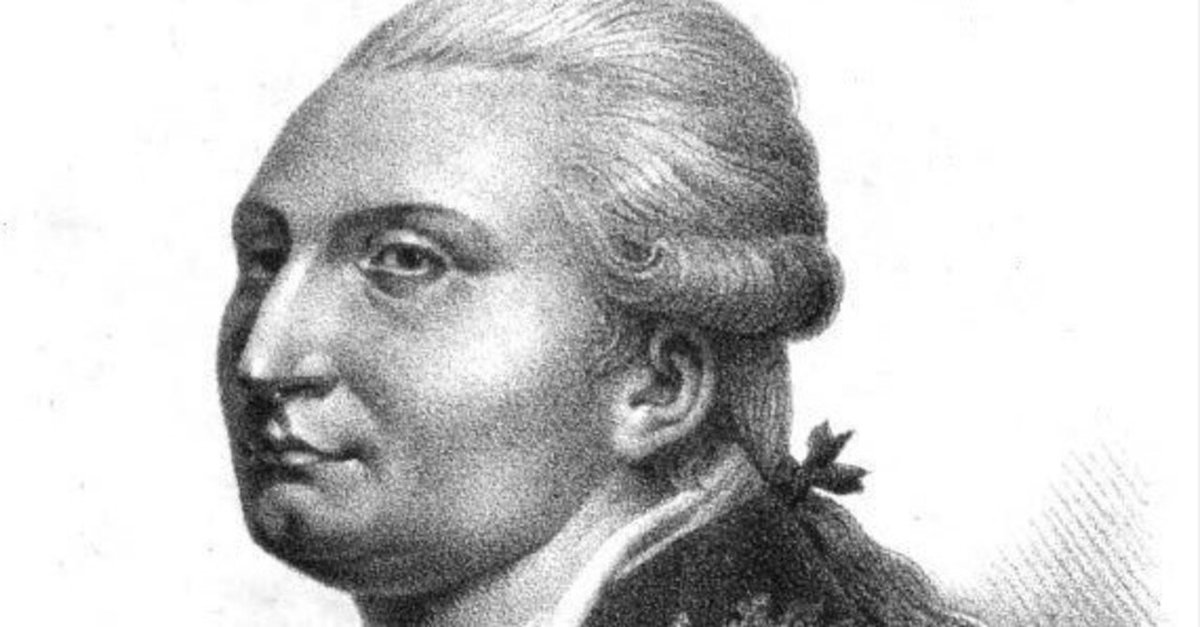
戦略 strategyについての私的覚書
昨年度書き上げた修士論文ではストラテジックデザイン strategic designを扱い、昨年度の受講生として参加したKyoto Creative AssemblageのPart 1方法論はエステティックストラテジー aesthetic strategyと名付けられた。そのため、「そもそも“戦略”とは何なのだろうか?(何と関連づけて語られる概念なのか?)」という思いが自身のなかにはある。以下は、現時点では明確な/根拠に基づく結論には至っていないが、戦略 strategy を調べたなかで、頭の片隅に留めておきたいと思ったことの覚書である。
「戦略」の定義に言及している経営学の著書は多数あるが、それらを調べているなかで知ったのが、Lawrence Freedman 著「Strategy: A History」だった(いきなり余談になるが、著書名を3つの英単語で言い表していることには、未熟な研究者ではあるが痺れる感覚を覚えた)。この著書は2021年に上下巻に分けて邦訳がなされている。
この著書の第6章(邦訳では上巻)に、「戦略 strategy」 という言葉がいつ使われ始めたかが説明されている。
戦略(strategy)という言葉が一般的に使われるようになったのは、19世紀初めになってからのことだ。……その起源はナポレオンより前の時代にさかのぼり、啓蒙運動における経験科学への信頼の高まりと、あらゆることを合理的に説明するための理性への応用を反映している。人間の活動のなかで最も常軌を逸したものである戦争でさえ、研究の対象となり、合理的に説明できる行動として実践された。この研究分野は当初、「戦術」(tactics: タクティクス)と呼ばれ、しばらくのあいだは秩序ある軍の組織と機動を意味した。……
1770年、ジャック・アントワーヌ・ギベールは『戦術一般論』(Essai général de tactique)を刊行した。……ギベールは、……今日でいうところの「戦術」を意味する「基本戦術」と、今日でいうところの「戦略」を意味する「大戦術」を分けて考えた。……1779年のギベールの著作には、「戦略」(la strategiqué: ラ ストラテジック)という用語が登場している。
ベアトリクス・ホイザーによると、この用語を初めて導入したのは、1771年にレオーン六世の著書をフランス語に翻訳したポール・ギデオン・ジョリィ・ド・マイぜロアである。
上記の直後に、次のように綴られている。
マイぜロアは戦略が「壮大」(この表現はギベールも用いた)なものであり、規則よりも合理性に左右されると論じた。
ここでいう「壮大」は、原著での“sublime”を訳したものである(sublimeの日本語訳としては「崇高」という言葉があてられることが多いため、邦訳を読んでいると、そうだと認識せず読み進めてしまうかもしれない)。
『戦略の世界史』の上記箇所で引用されている、
Charnay, , J.-P. (1988). Stratégie. In Corvisier, A. (Ed). Dictionnaire d'Art et d'Histoire Militaires, Paris: Presses Universitaires de Frence. (Turner, C. (Trans). (1994). Strategy. In Childs, J. (Ed). A Dictionary of Military History: And the Art of War, Oxford: Blackwell Publishers, 768-774.)
を読むと、sublimeという言葉に関連して以下のように記述されている。
Spanish and Italian authors of the Re-naissance, such as Machiavelli, dealt with the 'art of war', and writers of the succeeding classical period used the word 'tactics in the sense defined by Furetière as the science of marshalling troops for battle and of manoeuvring them'. Together with the 'science of fortification', 'small-scale' and 'major' tactics were held to constitute the whole art of war'. Yet the best minds believed that, from among the tangle of causes and effects, of traditional wisdom and fresh discoveries, it was possible to elicit, by reasoning or intuition, some rules or principles which could be used as guidance for further studies, and to set out in a systematic treatise the whole expanse of knowledge on the subject, while at the same time providing a guide for practical action. In other words, the hope was to evolve a coherent theory which went beyond rule-of-thumb practice or that sudden flash of brilliant intuition on the battlefield so highly regarded by proponents of the theory of an innate faculty of generalship, and viewed by them as the point where war 'touches the sublime'.
つまり、戦争は崇高さにふれる場であり、そこで駆使される戦略それ自体も崇高なものであると言及されている。
ここから先は自身の理解(単純に述べると原著を読んだうえで理解すること)が不十分な内容であるが、崇高 sublimeとはイマヌエル・カントが美的判断と関連づけて論じている概念である。このことから演繹的に考えると、戦略とエステティクス aetheticsは(崇高という結節点を経て)出自からして関連づけられている。
この出自のまま“戦略”を受け止めるなら、ストラテジックデザインはデザインに、エステティックストラテジーは(現代的なツール化された)ストラテジーに、エステティクスを関連づける/取り戻すことを含意しているのかもしれない。
生煮えの考えのため最後は強引にまとめた感が否めないが、自身なりの戦略 strategyとその他概念の関係性を述べられるまで、考えを深めていきたい。
この記事が気に入ったらサポートをしてみませんか?
